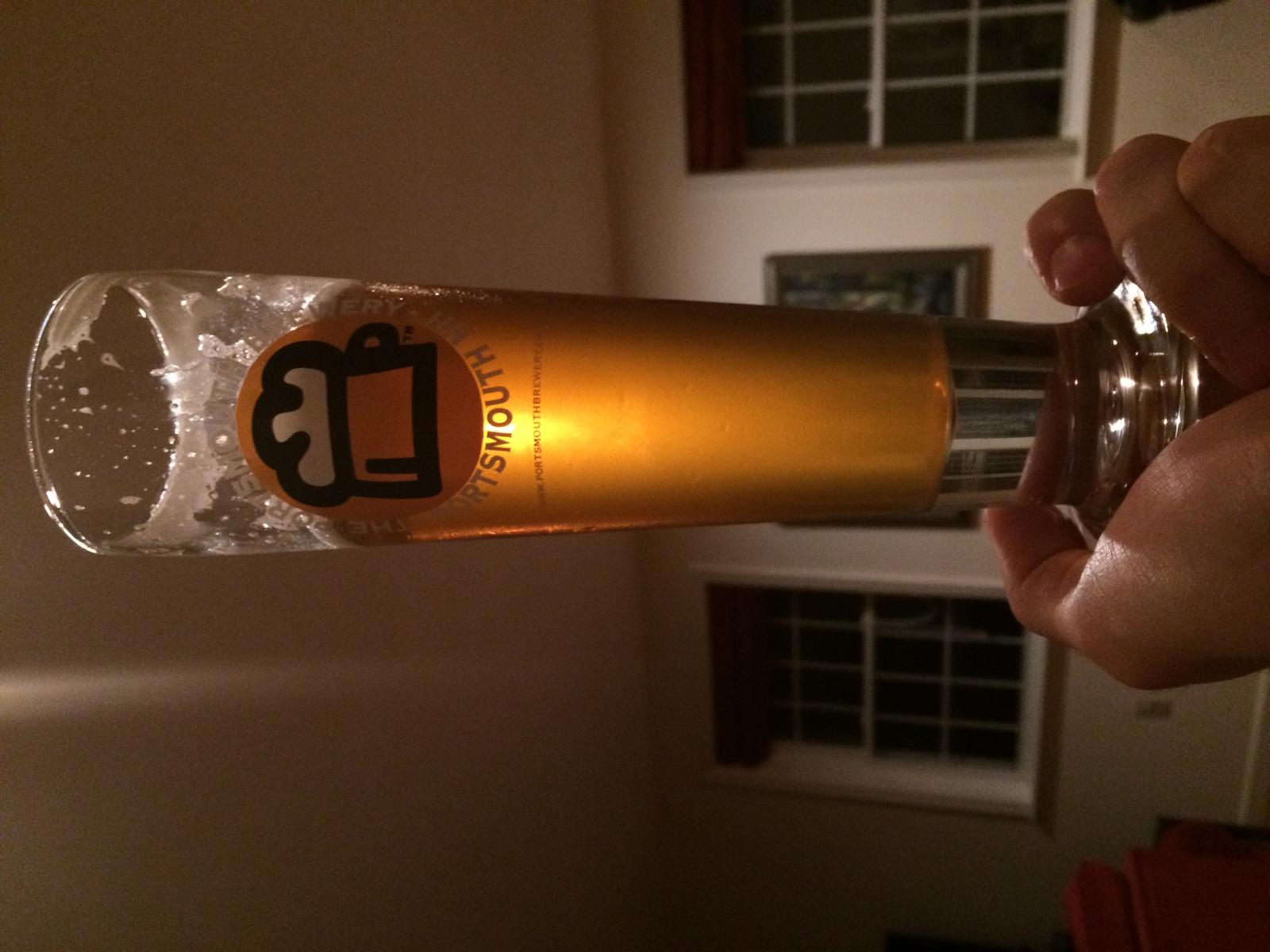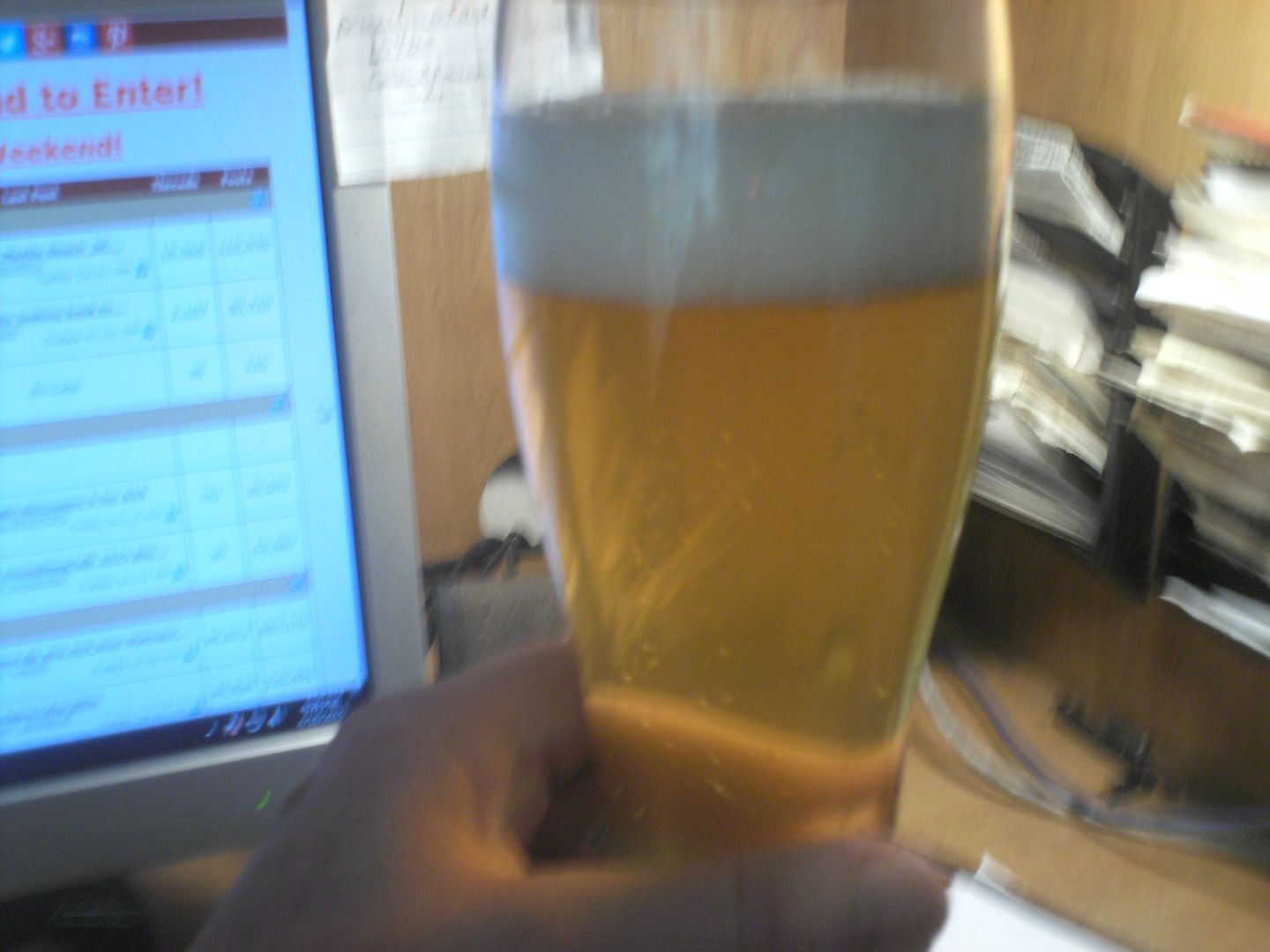Okay I've been brewing for 13 months and have 33 full size batches under my belt. I've heard of chill haze, I never thought I had an issue, but here recently I have come to realize what that actually looks like when I compare my beer to a filtered or gelatinized Homebrew, and it seems like everyone of my beers have it. I keep hearing of these New England IPAs looking cloudy or like orange juice, well my Czech Pilsner, Belgian triples, or anything light colored, dry hopped or not, looks just like orange juice. Now my darker beers, when a super bright light is out through the liquid you can't see the cloudiness like you'd see in a lighter beer. Basically a light that shines through a dark beer, the beam comes out more defined than a lighter beer. I don't know if this would be brewing practices, which I'm starting to add more Irish Moss because of this, and I'm looking into whorlfloc tablets. I don't know if one works better than the other, but I've picked up some anyways. I also don't know if this could be a water thing. I filter my water, the filter has only seen maybe 300 gallons of water when it says it would do 800or what're more beers carbon filters will do, I know it's a lot, but I don't know if it's a hard water thing or what!!??
Any ideas on figuring this out would be very helpful. I'm sure I can get as detailed info as I have available if that's needed. DANG IT I JUST WANT CLEAR BEER TO PRESENT TO PEOPLE.
Oh and PS I'm working on my wife to see if she would be cool with me getting one more chest freezer just for cold crashing. I currently have one, 7.1cu ft, which is good for two fermenters, and I'm looking at. 5 cu ft one for nothing but cold crashing. Really I could cold crash two in the 7.1 and ferment one in the 5 if I had to, but I think you all get the point.
Any ideas on figuring this out would be very helpful. I'm sure I can get as detailed info as I have available if that's needed. DANG IT I JUST WANT CLEAR BEER TO PRESENT TO PEOPLE.
Oh and PS I'm working on my wife to see if she would be cool with me getting one more chest freezer just for cold crashing. I currently have one, 7.1cu ft, which is good for two fermenters, and I'm looking at. 5 cu ft one for nothing but cold crashing. Really I could cold crash two in the 7.1 and ferment one in the 5 if I had to, but I think you all get the point.




























![Craft A Brew - Safale BE-256 Yeast - Fermentis - Belgian Ale Dry Yeast - For Belgian & Strong Ales - Ingredients for Home Brewing - Beer Making Supplies - [3 Pack]](https://m.media-amazon.com/images/I/51bcKEwQmWL._SL500_.jpg)































